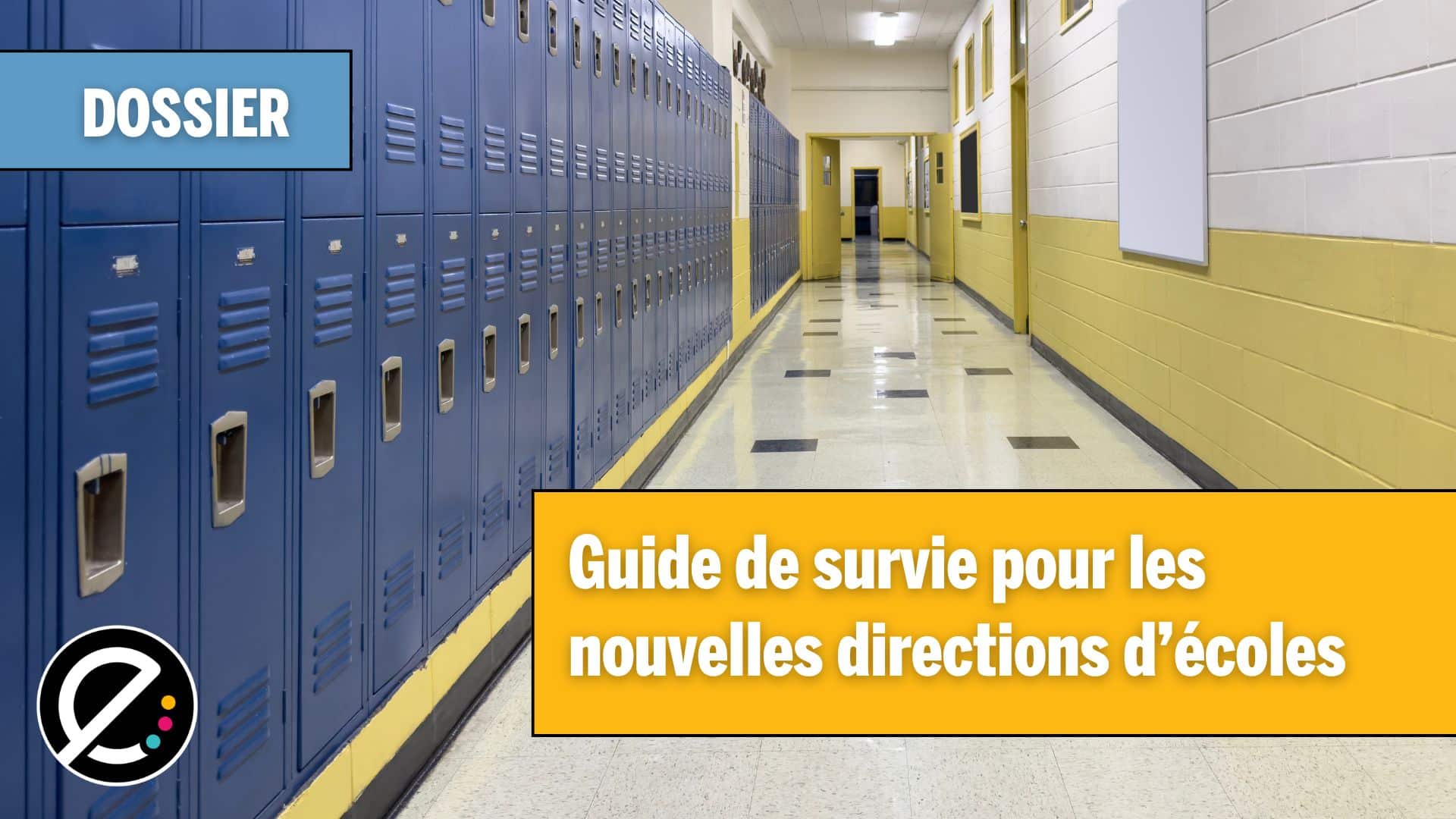par Jean Desjardins et Isabelle Senécal, Collège Sainte-Anne
Lors d’une activité de développement professionnel tenue récemment au Collège Sainte-Anne, on a demandé aux enseignants de réfléchir à leurs façons moins traditionnelles de soutenir leurs élèves, puis de tenter de les communiquer à leurs collègues de toutes matières ayant manifesté leur intérêt. Nous vous présenterons quelques-unes de ces stratégies dans une série d’articles.
Comment aider nos élèves aux résultats fragiles à surmonter leurs difficultés? Des récupérations, des cours du samedi et du tutorat sont les moyens souvent mis en place dans les écoles pour tenter de les soutenir. Malgré ces mesures, année après année, une portion de nos élèves vont voisiner des situations d’échec. Force est donc d’admettre que nous ne répondons pas aux besoins plus spécifiques de nos élèves.
Différents facteurs pourraient expliquer ce phénomène : un niveau de développement cognitif différent pour chacun, la démotivation face à la matière, le stress de la performance, des parcours et évaluations trop uniformes qui manquent de laisser tous les jeunes actualiser leur potentiel, des difficultés en français, etc.
À cet effet, un récent voyage pédagogique en Finlande a permis à notre directeur de la classe de 5e secondaire, Monsieur Michel Twigg, de découvrir des modèles d’écoles comme la Rajamaki High School qui mettent véritablement en priorité les élèves qu’on dit du « tiers faible ».
« Tiers faible », l’expression est intéressante. Bien sûr, nous prendrons garde de ne pas faire varier nos attentes en fonction de la courbe normale où 2 élèves réussissent remarquablement et autant d’élèves échouent. Il s’agit plutôt de développer et systématiser les gestes pédagogiques qui permettraient le mieux d’accompagner les parcours des apprenants qui ont le plus besoin de nous. Nous croyons que nous pouvons faire la différence. Lors d’une activité de développement professionnel au Collège, nous avons demandé aux enseignants de réfléchir à leurs façons moins traditionnelles de soutenir leurs élèves, puis de tenter de les communiquer à leurs collègues de toutes matières ayant manifesté leur intérêt.
À notre tour, nous les répertorions dans une série d’articles dont le premier paraitra lundi.
Et vous, quelles sont vos stratégies pour aider vos élèves les plus faibles sans pénaliser les plus forts?
***






